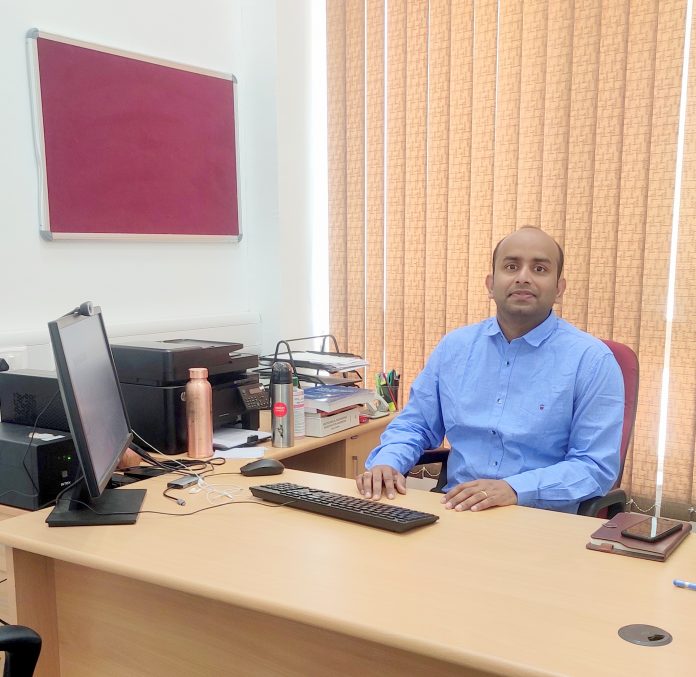Mandi (Himachal Pradesh): To investigate the impact of climate change on railway embankments, researchers at the Indian Institute of Technology (IIT) Mandi and Durham University of the United Kingdom have developed suction monitoring setup for soil cyclic triaxial testing.
The result of the research would help develop strategies to mitigate climate risk at the design stage of railway embankments, leading to more sustainable construction, said Dr Ashutosh Kumar, Assistant Professor at the School of Engineering, IIT Mandi, who carried out the research.
The findings of this study were published in the ASCE Journal of Geotechnical and Geo-environmental Engineering, USA, brought out by the American Society of Civil Engineers, according to a press release issued here today.
The main component of railway infrastructure is the trackbed, which is supported by earthworks.
This is mainly used to support the track infrastructure and carry the load imparted by the moving traffic.
The present design protocols only consider the load developed due to the moving train thereby ignoring the real case scenario of changing the natural state of the soil due to ingress and egress of water.
Oftentimes, soil used in earthworks is compacted and remains unsaturated during its lifetime.
Seasonal variations in terms of precipitation and drought are capable of altering the amount of water present within this compacted soil mass which can alter the strength of the embankment.
“We all now understand the reality of climate change which is causing intense rainfall,” said Dr Kumar.
“Compacted soil is susceptible to deteriorate under the changing climatic conditions due to changes in the water holding capacity of the soil causing a hysteretic loss in the soil strength.
“In addition, the repeated train loading can exacerbate the deterioration process that would ultimately cause premature track degradation and resulting failure.
“Understanding the coupled impact of train and environmental loading is essential to design and maintain the railway embankment against changing climatic conditions.
“Therefore, this study developed a setup within a cyclic triaxial apparatus to monitor changes in soil suction and deformation brought by traffic-induced cyclic loading and environmental loading, which can be used to assess climate risk at the design stage of railway embankments,” Kumar said.
The soil sample used in the study was taken from a 650-km heavy haul South African coal line that connects around 40 mines to the Richards Bay Coal Terminal in South Africa.
“The novelty of this research was to gain knowledge of changes in the soil suction and deformation of soil under the impact of cyclic loading together with hydraulic loading imposed by the environment,” Dr Kumar said.







